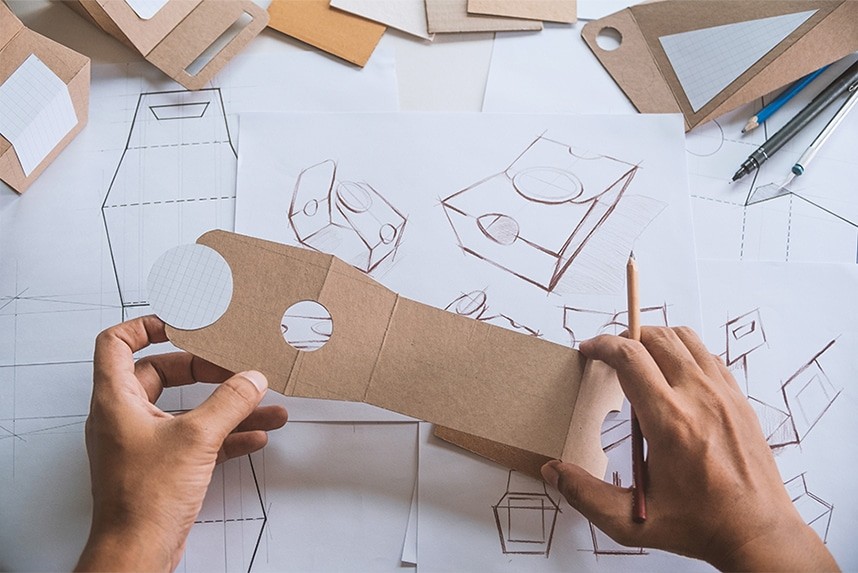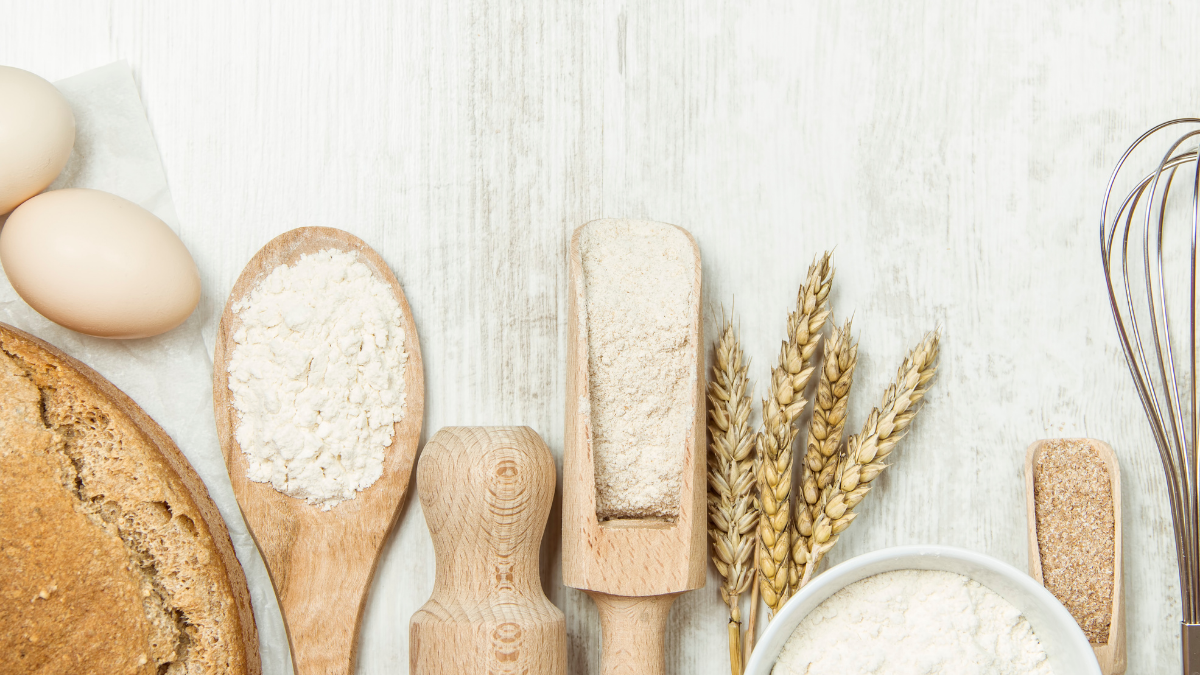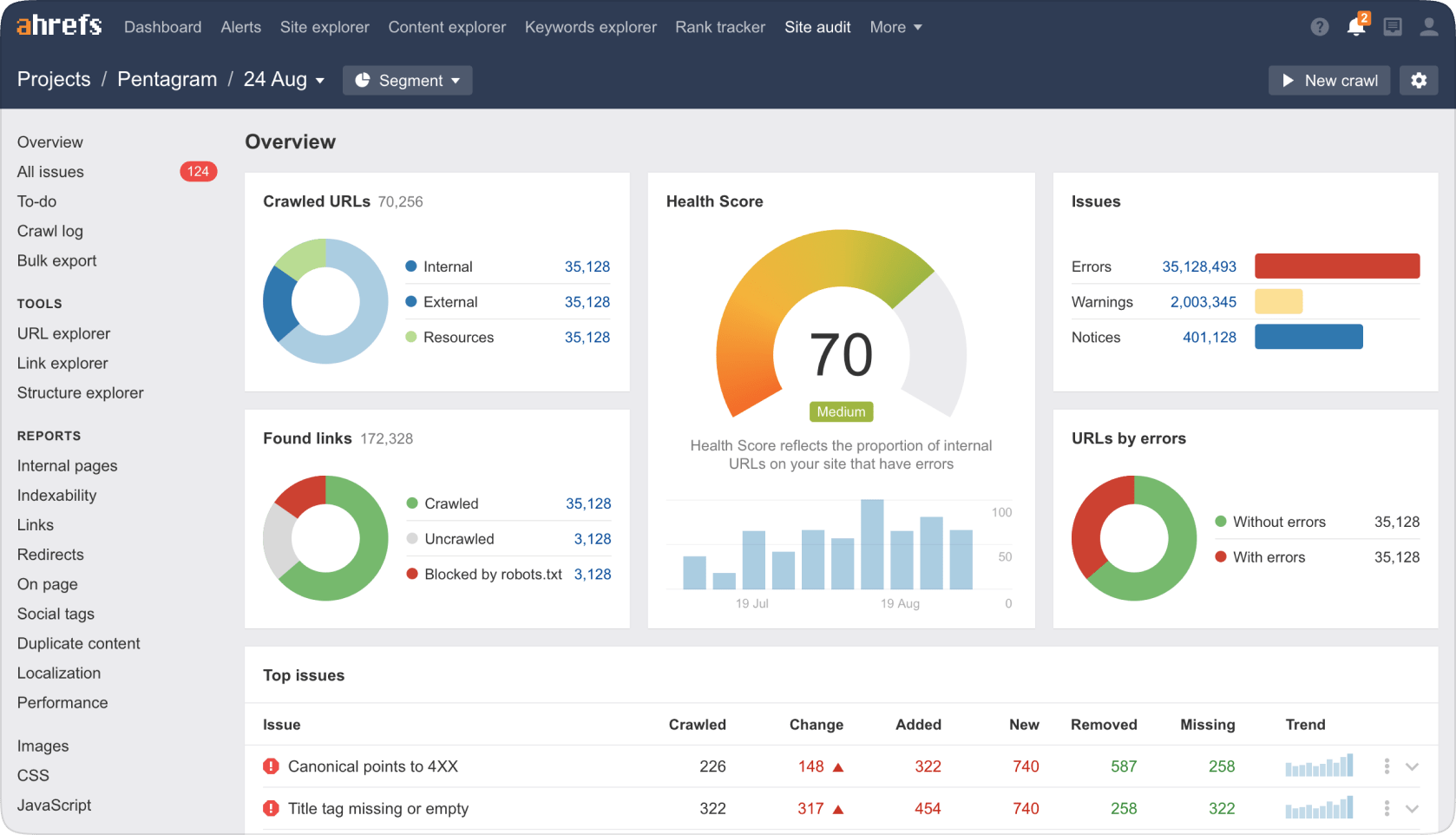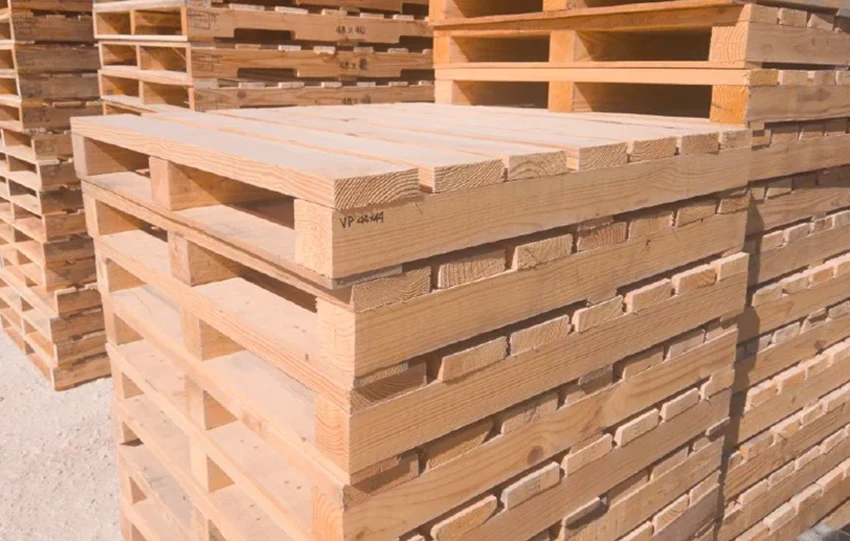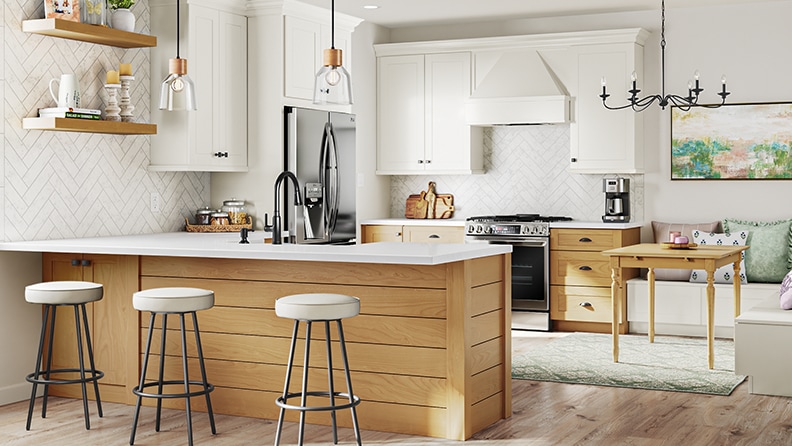Revolutionizing Product Design: The Power of Prototyping
Image Source: Google
Product design is an essential aspect of creating successful products that meet consumer needs and stand out in the market. Prototyping has become a game-changer in the product design process, allowing designers to iterate quickly, test ideas, and gather valuable feedback before moving to full-scale production.
This article explores the power of the best product design and prototyping in revolutionizing product design and how it can help businesses innovate and deliver exceptional products to their customers.
The Benefits of Prototyping
1. Iterative Improvement
- Prototyping allows designers to create multiple versions of a product quickly, enabling iterative improvement based on feedback and testing.
- It helps identify flaws and areas for enhancement early in the design process, saving time and resources in the long run.
2. Visualizing Concepts
- Prototypes provide a tangible representation of a design concept, allowing stakeholders to visualize the product and provide more informed feedback.
- They help bridge the gap between abstract ideas and concrete solutions, making it easier to communicate design intent.
3. Testing and Validation
- Prototyping enables designers to test product functionalities, user interactions, and overall usability before finalizing the design.
- It helps validate design decisions and ensure that the final product meets user needs and expectations.
Types of Prototyping
1. Low-Fidelity Prototypes
- Low-fidelity prototypes are quick and cost-effective models that focus on basic design concepts and interactions.
- They are ideal for early-stage ideation and concept validation, allowing designers to gather initial feedback and make necessary adjustments.
2. High-Fidelity Prototypes
- High-fidelity prototypes are refined, detailed representations of the final product, often used for user testing and validation.
- They closely resemble the actual product in terms of functionality, visual design, and user experience, providing a more realistic testing environment.
3. Interactive Prototypes
- Interactive prototypes simulate user interactions and workflows, allowing designers to test navigation, usability, and functionality in a dynamic manner.
- They are valuable for evaluating the overall user experience and identifying potential usability issues before development.
Best Practices for Prototyping
1. Define Clear Objectives
- Start with clear objectives and goals for the prototyping process to ensure that it aligns with the overall design vision and project requirements.
- Identify key features and functionalities that need to be tested and validated through prototyping.
2. Involve Stakeholders Early
- Engage stakeholders, including designers, developers, and end-users, early in the prototyping process to gather diverse perspectives and feedback.
- Ensure that all stakeholders have a clear understanding of the prototyping goals and objectives to provide relevant input.
3. Iterate and Refine
- Iterate on the prototype based on feedback and testing results, making incremental improvements to address identified issues and enhance usability.
- Refine the prototype iteratively to ensure that it accurately reflects the final product design and functionality.
4. Conduct Usability Testing
- Conduct usability testing with real users to gather valuable insights on the effectiveness of the prototype in meeting user needs and expectations.
- Observe user interactions, collect feedback, and make data-driven decisions to optimize the design and user experience.
Conclusion
Prototyping has transformed the way product design is approached, allowing designers to innovate, test ideas, and deliver exceptional products that resonate with consumers. By incorporating prototyping into the design process, businesses can improve product quality, reduce time-to-market, and ultimately drive innovation and success in a competitive market.
